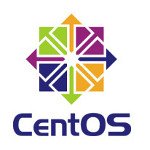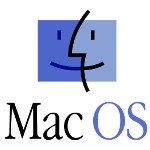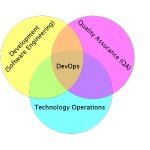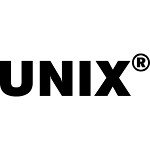-
Windows

Getting Windows 7 Running on a Lenovo Thinkpad T410 with no CDROM Drive and no OEM Software
This is a continuation of Creating Windows 10 Boot Media for a Lenovo Thinkpad T410 Using Only a Mac and…
Read More » -
Fedora

Installing Fedora 33 on Macbook Pro 13 inch (late 2011)
This weekend I stumbled on an old Macbook Pro 13 inch from late 2014, with 125GB SSD and 8GB RAM.…
Read More » -
CentOS

Creating a CentOS Startup Screen
When distributing bundled software, you have multiple options, but if we exclude fancy newcomers like Docker and Kubernetes, you’re left…
Read More » -
Mac OS

Fun with VMware on a 64 GB Mac
I’m having a lot of fun with VMware on this 64 GB Mac: My main OS, obviously, is macOS running…
Read More » -
DevOps

How to Install Red Hat Decision Manager 7.8
Time for another update on installing the Red Hat Decision Manager with my easy install project. Installing the latest decision…
Read More » -
DevOps

How to Install Red Hat Process Automation Manager 7.8
Time for another update on installing the Red Hat Process Automation Manager with my easy install project. Installing the latest…
Read More » -
Unix

Compute MD5 Checksum Hash on Windows and Linux
Use the following commands to print out the MD5 hash for a file. On Windows: 1 2 3 4 >…
Read More » -
DevOps

How to Install Red Hat Process Automation Manager 7.7
In the past I’ve kept you up to date on installing Red Hat Process Automation Manager with my easy install…
Read More » -
DevOps

How to Install Red Hat Decision Manager 7.7
In the past I’ve kept you up to date on installing Red Hat Decision Manager with my easy install project. …
Read More »







